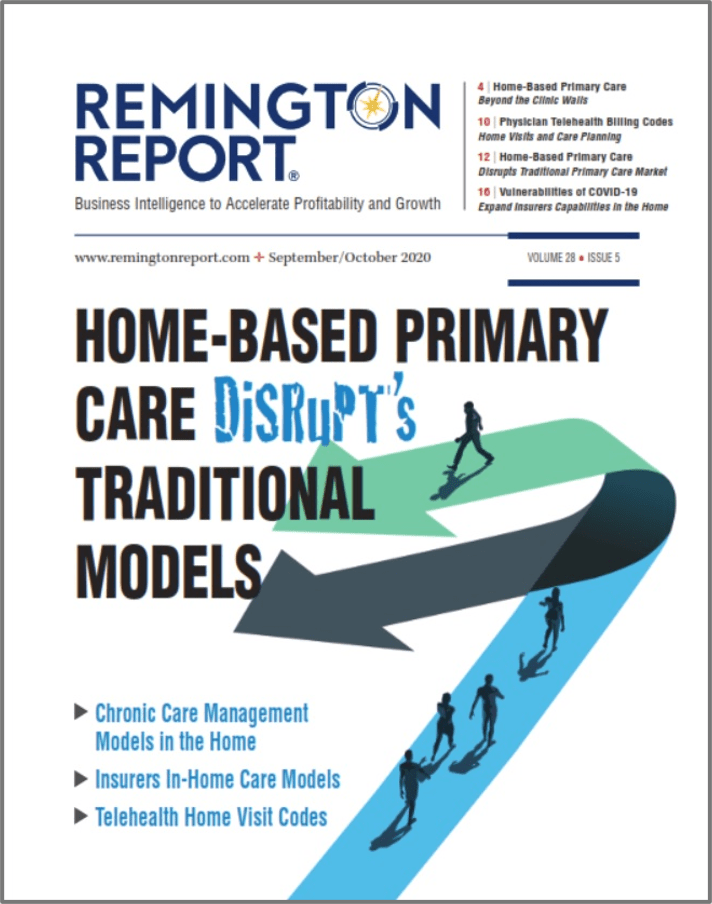By Lisa Remington
President, Remington’s Think Tank Strategy Institute and The Remington Report
High readmission rates can be indicative of poor care coordination, inadequate discharge planning, or the presence of chronic health conditions that are not being managed effectively. Conversely, low readmission rates are often associated with better patient outcomes and more effective healthcare delivery.
AVERAGE READMISSION RATES AND CONDITION-SPECIFIC READMISSION RATES
Readmission rates are critical for hospitals and ACOs as they work to improve patient outcomes and reduce unnecessary healthcare costs through better care coordination and patient education.
These rates are critical in identifying areas where healthcare systems can improve and are often used in conjunction with other performance metrics to guide healthcare policies and practices.
FACTORS CONTRIBUTING TO READMISSIONS
- Comorbidities: Patients with multiple chronic conditions are at higher risk for readmission across all conditions.
- Post-Discharge Care: Inadequate follow-up care and poor coordination between healthcare providers can increase the likelihood of readmission.
- Socioeconomic Status: Patients with limited access to resources and support systems may struggle with medication adherence and self-care, leading to higher readmission rates.
AVERAGE 30-DAY READMISSION RATES
The average hospital readmission rate in the United States typically ranges from 15% to 20%, depending on the patient population and condition. This rate can vary based on several factors, including the type of hospital, the specific medical condition, and the quality of care provided.
HOW DO CONDITION-SPECIFIC READMISSION RATES DIFFER FROM AVERAGE 30-DAY READMISSION RATES?
Condition-specific readmission rates can vary widely depending on the type of illness, treatment, and patient demographics. Here are some examples of average 30-day readmission rates for specific conditions:
- Heart Failure: 22% to 25%
- Pneumonia: 15% to 20%
- Chronic Obstructive Pulmonary Disease: 20% to 24%
- Acute Myocardial Infarction: 17% to 19%
- Hip and Knee Replacements: 4% to 8%
- Sepsis: 15% to 30%
HOSPITAL-WIDE READMISSION RATES
Another piece of readmission rate data is comparing hospitals nationally. According to CMS, here are the 10 hospitals with the highest and lowest readmission rates.
Lowest
- Hospital for Special Surgery (New York City): 10.1%
- Luke’s Regional Medical Center (Boise, Idaho): 11.55
- New England Baptist Hospital (Boston): 11.5%
- (Bill) Hefner Salisbury VA Medical Center (Salisbury, N.C.) : 11.8%
- Arkansas Surgical Hospital (Little Rock, Ark): 12.3%
- Kansas Spine & Specialty Hospital (Wichita, Kan.): 12.35
- Baylor Scott & White Texas Spine & Joint Hospital (Tyler, Texas): 12.3%
- S.I.S. Hospital (Phoenix): 12.4%
- Lancaster (Pa.) General Hospital: 12.4%
- Intermountain Medical Center (Murray, Utah): 12.4%
Highest
- Oroville (Calif.) Hospital: 19.1%
- Lucie Medical Center (Port Saint Lucie, Fla.): 17.95
- LA Downtown Medical Center (Calif.): 17.7%
- Lakeland (Fla.) Regional Medical Center: 17.5%
- Broward Health North (Pompano Beach, Fla.): 17.4%
- VA Boston Healthcare System-Jamaica Plain (Mass.): 17.4%
- Jefferson Stratford (N.J.) Hospital: 17.4%
- John’s Episcopal Hospital at South Shore (Far Rockaway, N.Y.): 17.4%
- Baystate Medical Center (Springfield, Mass.): 17.3%
- Providence Saint Joseph Medical Center (Burbank, Calif.):17.2%
Readmission rates are important indicators of the quality of care and are often used by healthcare providers and policymakers to improve patient outcomes and reduce healthcare costs.

Lisa is a turnaround expert who excels in navigating unsteady, complex, and ambiguous environments. She has provided C-suite education to over 10,000 organizations in the home care sector for decades. Lisa’s trusted voice in the industry has been recognized for her ability to manage disruption, identify new growth and revenue opportunities, and develop high-level engagement strategies between home care and referral partnerships. Her contributions are instrumental in advancing the future of home care.
Don’t Miss This Important Readmission’s Master Class
Best Practices for Reducing Readmissions: How to Identify High-Risk Patients Pre-Discharge to Minimize Readmissions and Improve Outcomes
Join our master class to gain valuable insights into identifying high-risk patients before and after discharge. Equip yourself with essential pre-and post-discharge information to help you with care transitions. Don’t miss this opportunity to make a significant difference – very few are aware of this comprehensive information.
Other Articles You Might Enjoy
Improving Outcomes Between Home Care and Medicare Advantage Plans
Home care services have emerged as a critical strategy for improving health outcomes, reducing hospital readmissions, addressing both clinical and non-clinical needs, and improved patient satisfaction among Medicare Advantage beneficiaries.
Average 30-Day Readmission Rates by Medical Conditions
We provide critical readmission data about average readmission rates, condition-specific readmission rates, and hospitals with high and low readmission rates.
Hospital-at-Home Readmissions: Which Medical Conditions Created the Highest and Lowest Readmissions?
CMS’s report on the Acute Hospital Care at Home (AHCAH) initiative highlighted the highest and lowest readmission rates by medical conditions.




